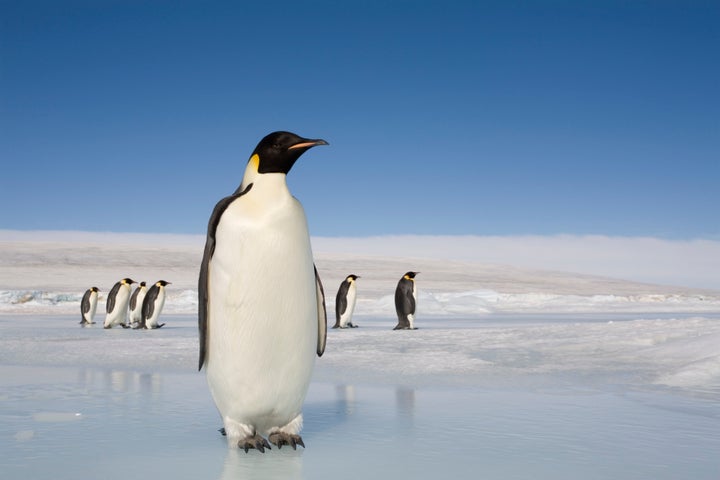Scientists in Antarctica have finally measured carbon dioxide levels rising above 400 parts per million.
The National Oceanic and Atmospheric Administration made the announcement that the Southern hemisphere station is the last to reach the symbolic threshold, reached elsewhere in the world in 2013.

Three years ago, the world collectively passed the 440ppm mark as measured by the Mauna Loa Observatory in Hawaii but the remote continent remained below the record.
This discrepancy is due to the fact carbon pollution is higher in the northern hemisphere where the majority of the human population lives.
Despite this time lag it has only taken till 2016 for the levels in Antarctica to reach the same point.
Pieter Tans, the lead scientist of NOAA's Global Greenhouse Gas Reference Network said: "The far southern hemisphere was the last place on earth where CO had not yet reached this mark. Global COlevels will not return to values below 400 ppm in our lifetimes, and almost certainly for much longer."
SEE ALSO
This is the first time in 4 million years that the observatory in the South Pole reached these levels of pollution.
According to a report published in the journal Science in 2009, carbon dioxide levels has not been this high since during the Miocene epoch, which occurred between 23 and 5 million years ago.
At that time sea levels were over 100 feet higher and humans did not exist. Instead Megalodon sharks up to 70 feet long filled the oceans and Purussaurus caimans up to 40 feet long walked the earth.
The Paris agreement, which was signed by over 175 different diplomats and world leaders in New York in April 2016, is a global effort to slow climate change and keep world warming to below 2 degrees.
This week Italian pianist and composer Ludovico Einaudi has performed an ‘Elegy For The Arctic' in icy waters to highlight the damage climate change is doing to the area.
